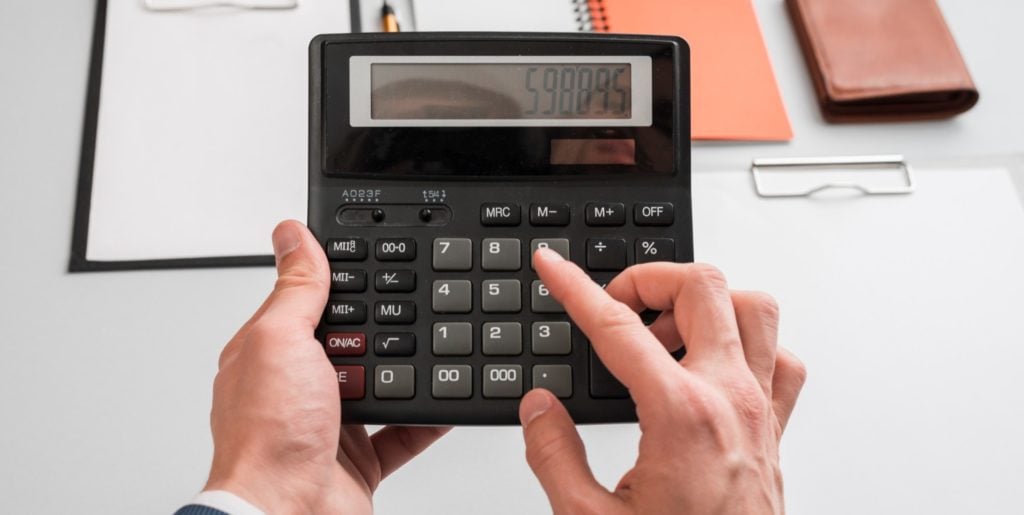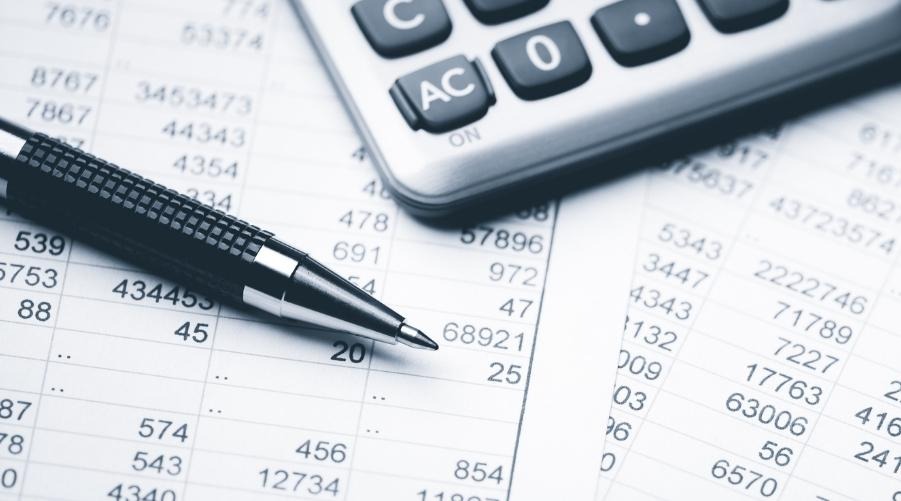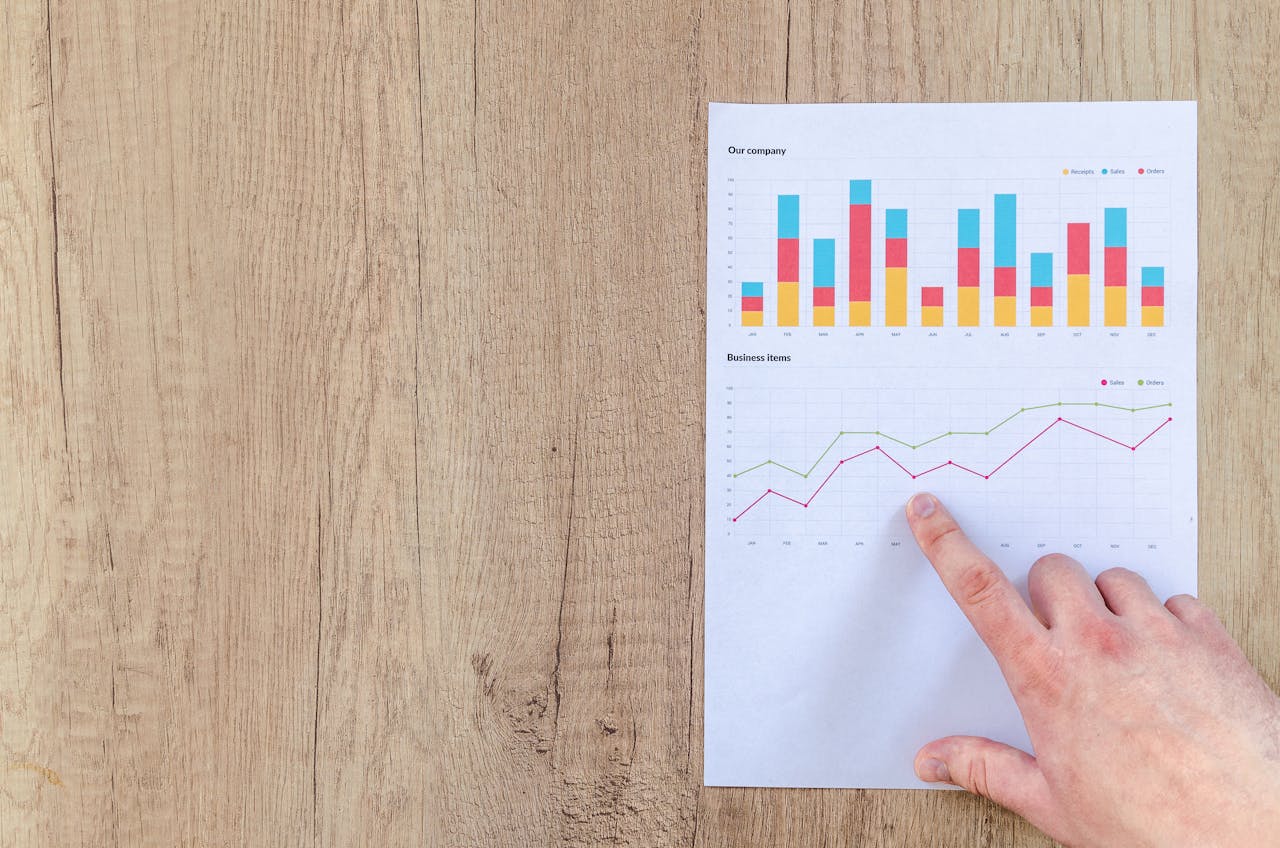

Owning a buy-to-let property requires due consideration. While there’s the appeal of steady rental income, there are also many points of expenditure to bear in mind. As always, the difference between a positive investment and a financial headache comes down to preparation.
This is where financial forecasting for buy-to-lets comes in. Financial forecasting is far more than just a spreadsheet exercise. It is a tool that helps landlords look beyond rent payments and maintenance bills. It provides a forward-looking view of cash flow and risks, helping to turn an idea of success into a clear plan of action.
Why does forecasting matter in buy-to-let investments?
As with any investment, property investment isn’t about those quick wins. It’s a long-term game of optimising your cash flow to ensure that you see profits in the future. It’s an act of balance in understanding and preparing for mortgage repayments, maintenance costs, and more. These factors are why it’s essential to manage a financial forecast. It isn’t about the numbers on a spreadsheet. It’s a tool to help you see beyond the present, and prepare for the future.
Whether you own just one rental property or are looking to grow your portfolio, learn more about how forecasting can help you make smarter decision in your journey.
The role of forecasting in buy-to-let success
Forecasting finances is key for every single business, including buy-to-lets. For landlords, this will include projecting your total income, accounting for all of your operating expenses, and understanding how variables such as interest rates or no tenancies might affect overall returns.
Good forecasts will benefit you and your investors in several key ways. They might help to identify cash flow dips before they even occur. Scenario testing will help to make meaningful comparisons between different mortgages with varying interest rates, helping to choose the most cost-effective financing solution. They are key in helping to understand how, by adding additional properties, your financials will change. There are dozens of ways a forecast can benefit a buy-to-let business.
In short, forecasting acts as the bridge between today’s investments and tomorrow’s success.

How have landlords typically forecasted?
In the past, many landlords have relied on fairly simple forecasting methods, including:
- Spreadsheets: While not particularly simple, Excel became the go-to, with manual formulas and assumptions driving projections. Tweaks were made over time, but models often became unwieldy or inconsistent.
- Scribbled-down maths: These were rough estimates of income and costs. These quick sums, sometimes scribbled during viewings or over coffee, often shaped big decisions.
- Gut instinct: Many landlords trusted their experience and intuition. If it felt right, it probably was.
- Historical performance: Landlords often assumed that the past was a decent predictor of the future. Phrases like “It’s always rented quickly before” or “We’ve never had a void longer than a month” were often said!
- Rule-of-thumb metrics: Many would rely on simple ratios like the “1% rule” or “rent should be double the mortgage” without digging too deeply into variations or edge cases.
- Letting agent advice: Landlords would also take cues from agents on rent levels or maintenance priorities. This was sometimes helpful, but sometimes biased by their own incentives.
These methods worked well enough in the past, but they weren’t without their limitations.
The pitfalls of outdated forecasting methods
While spreadsheets and manual calculations might seem practical, they come with significant downsides:
- Error-prone: One broken formula in a spreadsheet can throw off an entire model. A misplaced cell reference or forgotten bracket can skew results without being immediately obvious.
- Time-consuming: Every change in rent, mortgage, or expense requires a manual update. What starts as a small tweak can lead to hours of reworking tabs and cross-checking figures.
- Limited insight: Spreadsheets often show a single “best guess” outcome, without the flexibility to test multiple scenarios. Stress-testing for differing interest rates or void periods is rarely built in.
- Difficult to share: Explaining complex formulas isn’t always straightforward. Version control becomes an issue, especially when multiple people get involved.
- Not built for property-specific nuances: Spreadsheets don’t inherently understand concepts like rental yields, tax changes, or lease structures. Everything has to be manually built and maintained.
- Prone to optimism bias: Without built-in checks or comparisons, it’s easy to tweak assumptions to make a deal look better than it really is.
- Poor audit trail: Before cloud-saves, it was often hard to track who changed what, and when.
These issues can make it harder for landlords to spot risks or adapt quickly when circumstances change.
The rise of technology in property forecasting
The buy-to-let world has only increased in size over time. And, just as technology has changed how tenants have searched for rentals or how agents have marketed properties, it has also reshaped financial forecasting.
These modern forecasting tools now allow landlords to:
Connect data more seamlessly
Integrated data from from banks, letting agents, or property platforms can now flow directly into your forecasts, cutting down on manual input and errors.
Build forecasts that update automatically as assumptions change
If you change an interest rate or rent figure, everything adjusts instantly! There is no need to hunt through tabs or rework formulas.
Explore “what if” scenarios at the click of a button
Test the impact of rising costs, void periods, or refinancing plans in seconds, rather than hours. Just duplicate your plan and make your changes!
Present results clearly and professionally
Modernised, visual reports make it easier to communicate key insights.
Track portfolio performance in real time
No more waiting for end-of-year summaries. Modern tools let you see how each property is performing in an instant.
Stay ahead of regulatory and tax changes
One simple data-input change can adjust your entire plan in line with new legislation or tax rules, helping landlords stay compliant without needing to be experts.
Collaborate more easily
With cloud-based tools, you can securely share live data, cutting down on back-and-forth emails and outdated attachments.

Why modern forecasting tools change the game for buy-to-let investors
Using a purpose-built forecasting tool offers clear advantages over traditional methods:
- Accuracy: Automation reduces human error and ensures consistency.
- Flexibility: Investors can test strategies like refinancing, property upgrades, or expanding portfolios without rebuilding a spreadsheet from scratch.
- Clarity: Forecasts are presented in ways that are easy to understand and share.
- Confidence: With clearer visibility into the future, landlords can make decisions knowing they’ve considered every possibility.
The benefit of using tools like Brixx
Financial forecasting software like Brixx is designed specifically to solve the challenges landlords face. Unlike Excel, which requires endless manual work, Brixx provides an intuitive interface where you can model your plans in minutes.
Because it’s cloud-based, forecasts stay up to date and can be adjusted easily. Want to see how a rise in interest rates affects your portfolio? Or whether buying another property is sustainable? With Brixx, those questions are answered with a few clicks, with no complicated formulas required.
Moving from spreadsheets to smarter forecasting
Transitioning doesn’t have to feel daunting. Here’s how landlords can get started:
- Review your current process and note what works and what slows you down.
- Start small by moving just one property or forecast into a tool like Brixx, before moving your entire portfolio.
- Add in your essential detail, like expenses and scenarios, as you grow more comfortable.
- Use the forecast as a living document, by updating regularly to reflect your real situation.
This approach ensures you build confidence without abandoning the methods you’re already familiar with.
Looking ahead with your buy-to-let business
The property market is shaped by forces outside any landlord’s control. But, forecasting offers a way to prepare, adapt, and stay resilient.
By modernising your approach, you’re not just managing numbers; you’re building a strategy that supports long-term success. For landlords who want to grow their portfolios or simply keep their investments stable, smarter forecasting tools are quickly becoming essential. Get started today with Brixx.












